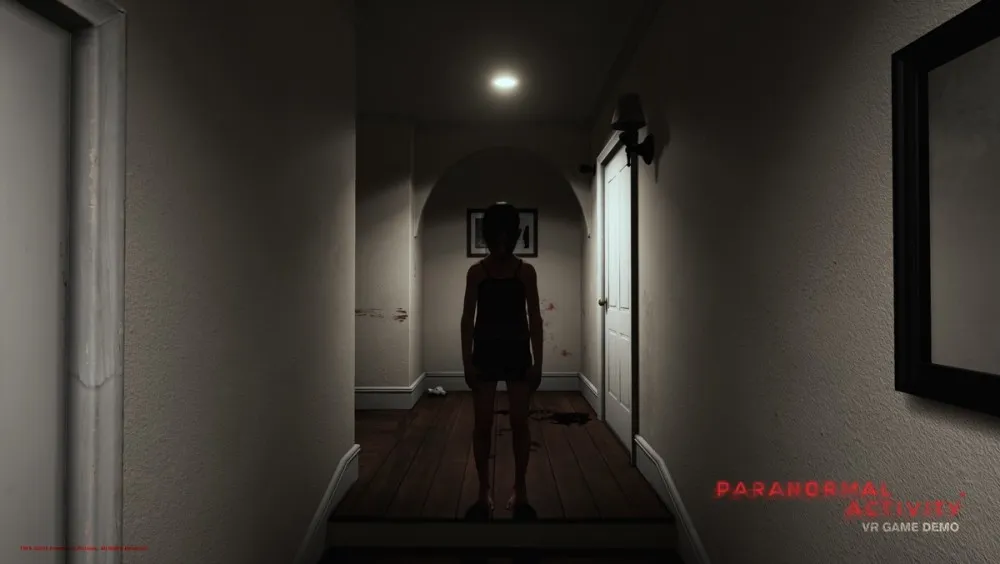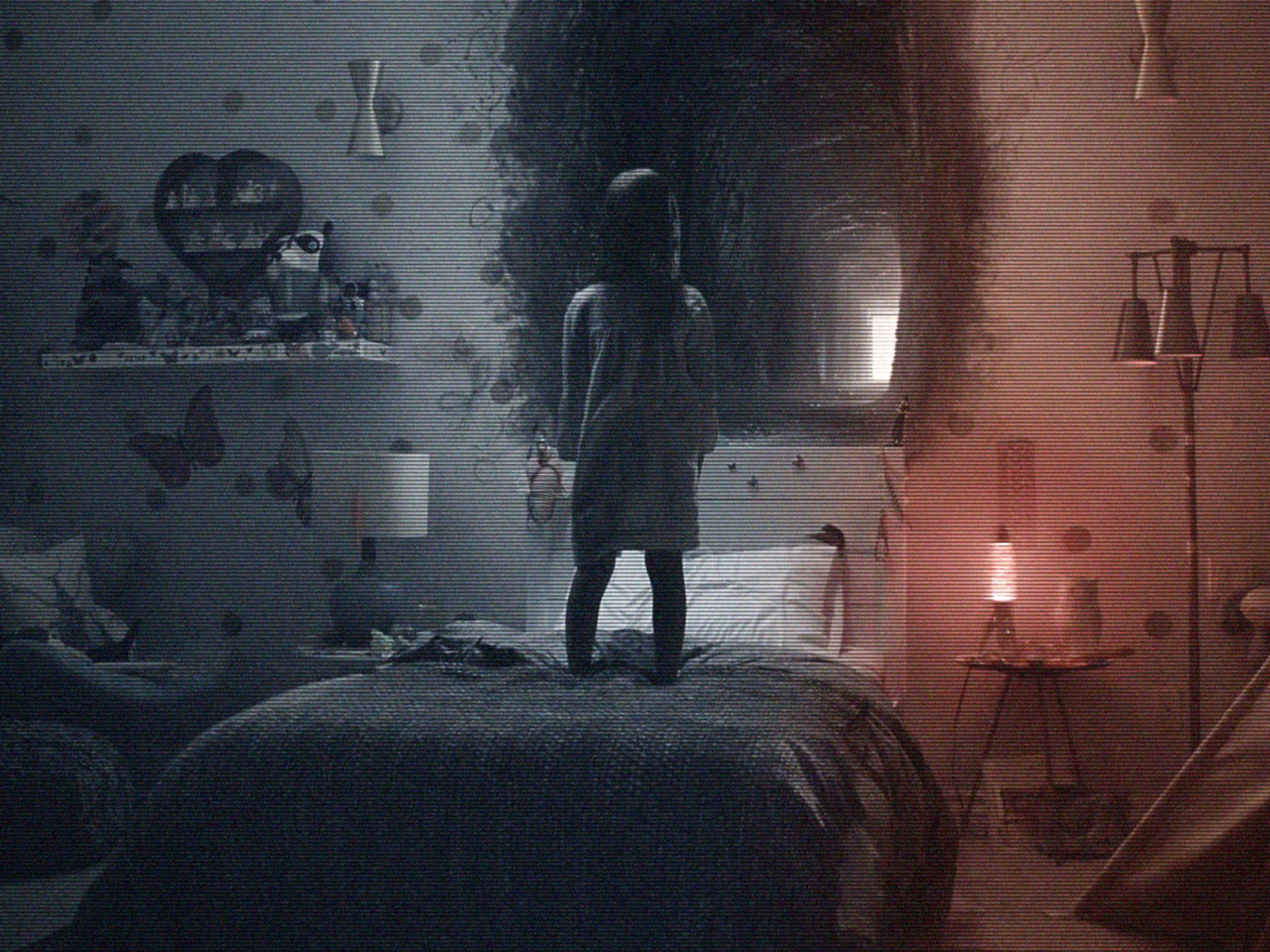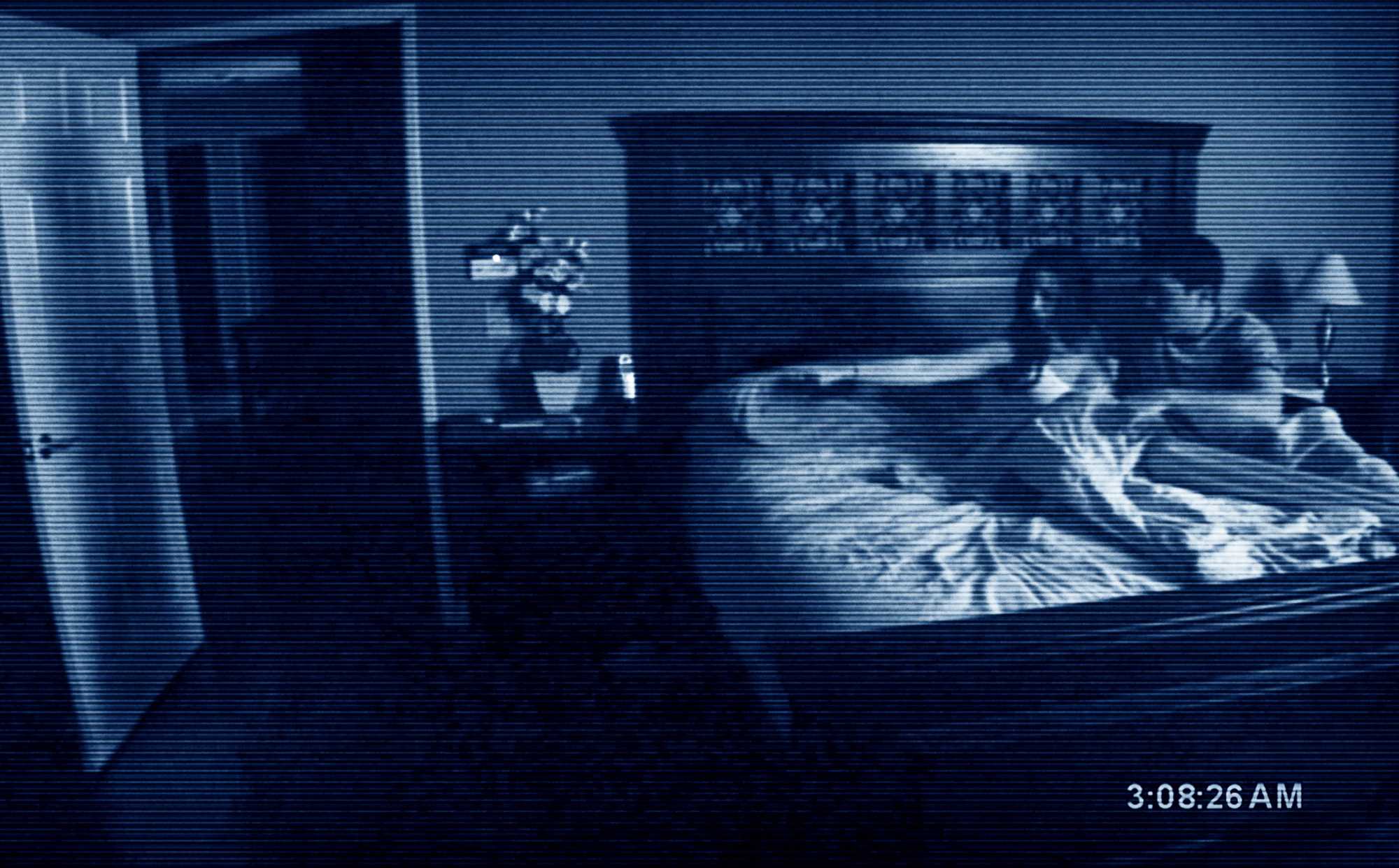There I was, standing at the check-in kiosk for the Paranormal Activity VR booth at GDC, and the moment I’d been waiting for finally happened: a young woman got so scared playing the game that she threw off her entire HTC Vive headset, along with both controllers, across the booth and cowered down into a ball on the floor. She was terrified.
Reactions from the crowd were mixed. Some people, like me, displayed emotions of nervous fear as we were left wondering if she broke it, while other people flat out laughed at the ridiculousness of the situation. How could something that isn’t real actually make you react like that? “Surely she was overreacting,” I told myself. “It can’t be that scary.”
Once the developers from the team at VRWERX checked and confirmed that the equipment was good to go and not damaged, I stepped up for my appointment. At first, I was a bit wary about the crowd of people that would be watching, and inevitably judging, my short time with the game, but luckily in VR, no one can see you cry.
Things started simply enough. On the table before me I saw a flashlight without batteries and a few knick-knacks and random items. By pressing the grip buttons on the Vive controller, I was able to pick up and hold almost anything in the environment, including the post-it note that indicated the flashlight was out of batteries and several small cups and jars around the room. This type of functionality doesn’t seem to necessarily build any sort of valuable benefit other than enhancing the game’s already immersive qualities.
As I slowly tip-toed around corners and hallways desperately searching for any remnant of a battery, the anticipation for the inevitable jump scare was slowly building. I’d already seen what this game did to another innocent conference attendee and didn’t want to suffer the same fate.
Once I had my flashlight, I felt much more confident. In addition to my increased visual range, I could reach around corners to investigate new rooms more easily. Eventually I made my way back to where the demo started, but this time I heard a loud creak as a new door opened seemingly all by itself.
A small girl came running down the stairs, only to run back up the stairs in fear for whatever she saw. I slowly kept creeping further into the house, knowing all-too-well the end of my journey was drawing ever closer. One step at a time – physically, in room-scale VR on the HTC Vive – I made my way down the final hallway.
Then it happened.
A dark, shadowy figure appeared as if out of nowhere, draped in dark and wiry hair that surely smelled as horrific as it looked. She lurched at me and bared her disgusting teeth, which of course caused a quick, jerking physical reaction and an audible gasp. I didn’t quite throw my headset across the entire booth, but it certainly got my heart racing unlike most games I’ve played in VR.
One interesting note is that the visual perspective is entirely different than it is in any of the Paranormal Activity feature films. In each movie from the series to date, it’s been shown from the point-of-view of a camera. The first film was a home video camera, the second was a mixture of home movies and security cameras, and later films even experimented with webcams and other devices. However, the overarching theme in the series has always been that of a “found-footage” aesthetic that pervades not only the visual style, but the tone as well.
All of that was completely missing from this demo I experienced. Instead of showing the game from the perspective of cameras, Paranormal Activity VR appears to be a relatively traditional first-person VR game.
How the full experience differs from this short demo remains to be seen, but Paranormal Activity VR is shaping up to be one of VR’s scariest and most nerve-wracking experiences.




























